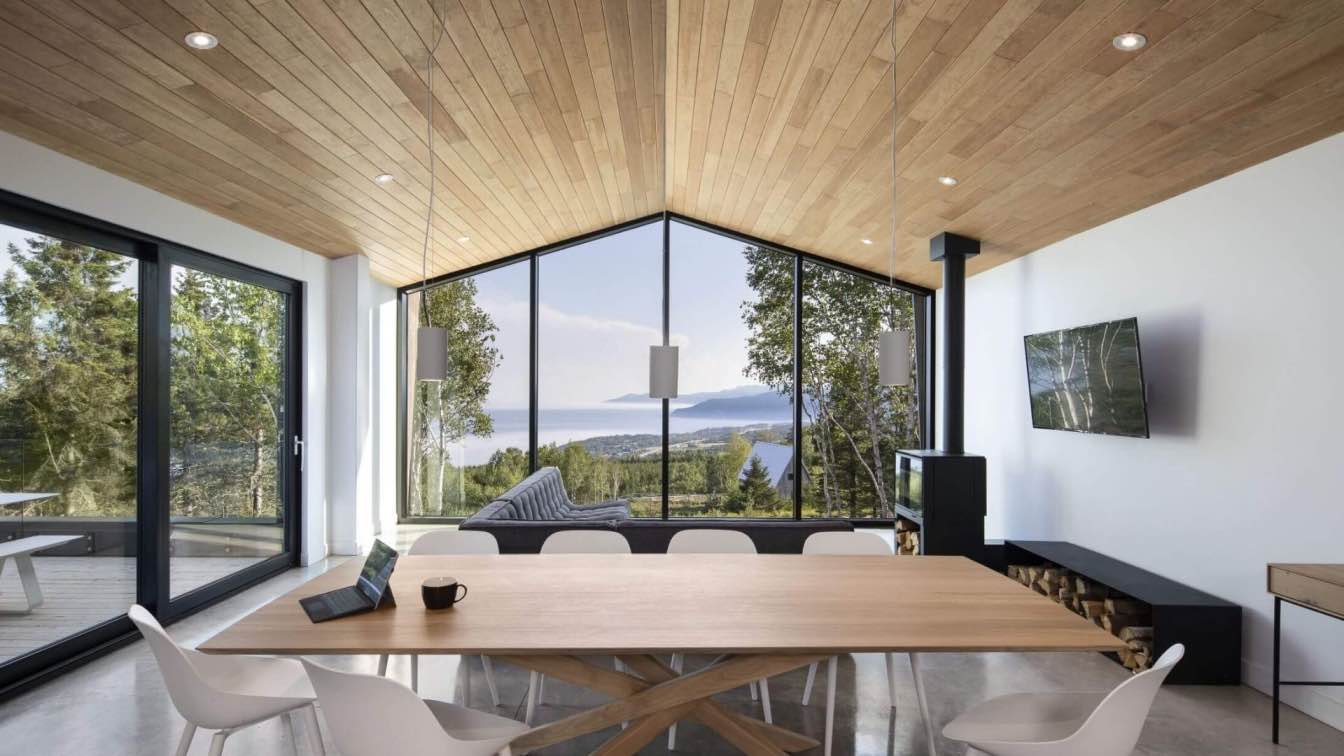Let’s be honest—writing specs has never been an architect’s favorite task. It’s tedious, time-consuming, and often frustrating. But what if that’s about to change? What if writing specs could be easier, smarter, and even… exciting?
Why Architects Struggle with Specs (But Still Need Them)
Architects balance creativity with practicality, art with engineering. But specifications? They often feel like paperwork. Still, 63.5% of architects agree that well-written specs are essential for a successful project.
Why? Because good specs mean:
Fewer mistakes – A single misunderstanding can derail an entire project.
Smoother construction – Builders need clear instructions to get things right.
Cost savings – Poorly written specs lead to delays, wasted materials, and extra expenses.
And yet, many architects struggle with them. Why?
The Top 3 Challenges Architects Face in Spec Writing
1️. Not Enough Time, Too Much to Do
26.3% of architects say tight deadlines are their biggest challenge.
It’s a constant battle: getting the job done quickly vs. getting it done perfectly. With little time to carefully write specs, mistakes happen—leading to confusion, rework, and delays.
2️. Balancing Design and Practicality
14% find it tough to align their creative vision with technical requirements.
Designing something beautiful is one thing—ensuring it’s functional, safe, and buildable is another. If a spec is too strict, it can limit creativity. Too vague, and it creates problems down the line.
3️. Costly Errors
13.5% say mistakes in specs have led to major issues.
One small error can snowball into a costly disaster—whether it’s using the wrong material, missing a building code requirement, or giving unclear instructions. The problem? Architects don’t always have quick access to the right product information.
The Future of Spec Writing: AI, Collaboration & Smarter Tools
So, what’s the big takeaway from the report?
52% of architects say today’s spec-writing tools are outdated.
45% want better collaboration between architects, builders, and suppliers.
Here’s what’s coming in 2025:
AI-powered spec writing – Software that catches mistakes, ensures compliance, and simplifies the process.
Real-time collaboration – No more outdated documents or version confusion.
Sustainable materials integration – Built-in recommendations for greener building choices.
Younger architects (under 40) are especially eager for change—30% more likely to embrace AI tools than their older peers. If you’re still working with specs from a decade ago, it might be time for an upgrade.
How to Fix the Problem
48.5% of architects say clients and contractors are unhappy with how specs are written today.
Poor specs make construction workers waste 15% more time on projects.
How do we improve?
Better training – Specs should be clear, concise, and compliant.
Smarter tools – AI and automation can reduce human error and speed things up.
Stronger collaboration – Architects, builders, and suppliers need to align early to avoid confusion.
The future of spec writing isn’t about working harder—it’s about working smarter. With better tools and a more collaborative approach, specs can finally become what they were meant to be: a seamless bridge between design and construction.
Looking Ahead
Architects have struggled with the same spec writing problems for years—tight deadlines, finding the right balance between design and function, and expensive mistakes. But things are finally changing. With AI-powered tools, real-time teamwork, and better communication across the industry, writing specs is becoming faster, more accurate, and even more creative.
The goal isn’t to get rid of specs—it’s to make them work for architects, not against them. By using new technology and smarter processes, specification writing can go from being a frustrating task to a powerful tool that helps build better, faster, and more sustainable projects.





